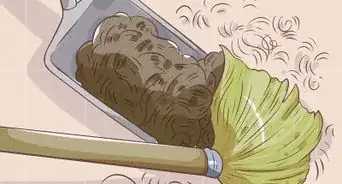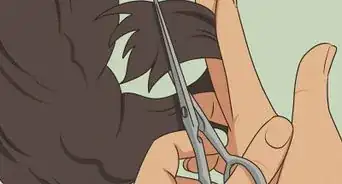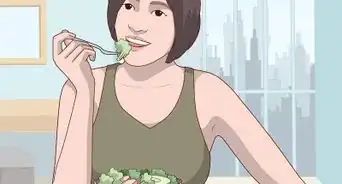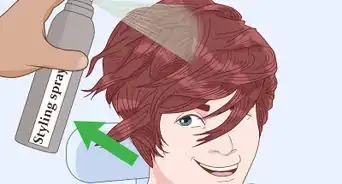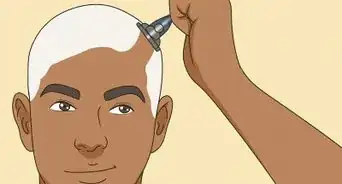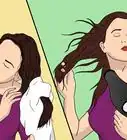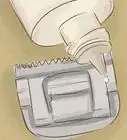This article was co-authored by Arthur Sebastian and by wikiHow staff writer, Dan Hickey. Arthur Sebastian is the Owner of Arthur Sebastian Hair Salon in San Francisco, California. Arthur has worked as a hair stylist for over 20 years and received his Cosmetology License in 1998. He believes that the true work of a successful hair stylist comes from passion and a love for hairdressing.
There are 11 references cited in this article, which can be found at the bottom of the page.
This article has been viewed 362,797 times.
Fades have been around forever and they’re not going anywhere soon, so you might be curious about trying one out for the first time. A good barber will make sure you leave the chair looking great no matter what, but it helps if you come in with some ideas to help them bring your vision to life. If you’re not sure what to ask for, this article’s for you! We’ll walk you through basic fade styles and variations, plus show you how to communicate what you want to your stylist and choose a cut that flatters you. Let’s get started!
Things You Should Know
- Bring at least one picture of the fade you want to your stylist so they can use it for reference.
- Be clear about how short you want to go. If you've had a fade before and remember the clipper number used, mention that.
- Go over what you want in detail before your stylist starts cutting your hair to confirm they know what to do.
Steps
Different Types of Fades
-
1Look at pictures of high, middle, and low fades to see what you like best. Get an idea of where you want the fade line to begin on your head, and look at different hair lengths to see what you like best. A traditional (middle) fade begins a few inches above the nape of your neck (and on the sides of your head), with the hair gradually getting longer up toward the ridge of your head.[1]
- A high fade begins closer to where your head starts to curve (just above your temples).
- A low fade begins lower than a traditional fade (about 1 inch (2.5 cm) or so above the hairline).
-
2Consider the specialty fades you can get. In addition to traditional, high, and low fades, there are other specialty fades that exist. These fades make a bit more of a statement than ordinary fades because of the fade line location and styling. Some common specialty fades include:[2]
- High top fade: This look features a straight, blunt edge across the top, sharp corners, and a strong geometric shape. This style was popular in the 1980's.
- Temple fade: This resembles a low fade, except the hair disappears in a much more abrupt manner on the sides of the head.
- Scissor fade: This look is created only using scissors and leaves the person with longer hair than a traditional fade.
- Skin (bald) fade: The hair gradually shortens right down to the skin at any point you choose (high, middle, or low).
- Taper fade: This fade starts low on the neck, doesn’t expose much if any skin, and gradually elongates into the top for a more natural looking fade.
Advertisement -
3Go with the traditional fade if it's your first time. If you're unsure how the fade will look on you, start off with a traditional fade. This haircut will leave enough hair so that if you need to alter your look later, you'll be able to. If you don't like the look of the traditional fade, move to a lower fade first, then a higher fade, until you figure out what you like the best.[3]
Talking to Your Stylist
-
1Explain your personal style. Make sure you get the haircut that you like and explain the sort of look you’re going for. Describe whether you are going for a clean-cut look, or whether you want a fade that is edgier. Explain your personality and what aesthetic you want to achieve to give the barber a better idea on what kind of fade you want.[4]
- Say something like "I work as a lawyer, so I'm looking for a fade that looks professional. Think you can help me out?"
- Try something such as, "I'm in a rock band, and I want something that will stand out and set me apart from the rest. Do you have any ideas?"
-
2Bring a picture of the fade you want with you. Take a look at people in the media to determine what kind of fade you want the most. Search for different celebrities or models that have fade haircuts, and bring in a photo or screenshot so the barber can use it as a reference when cutting your hair.[5]
- Choose a picture of someone whose hair texture and facial structure are similar to yours.
- If you're not sure about your hair's texture, bring in multiple photos of different people with the same haircut.
- If you’re modeling your look after a celebrity, say something like, "I want my fade to look like T.I.'s fade."
-
3Talk to the barber about how short you want your hair to be. If you've gotten a fade before, it's likely that you know the number for the buzzer or clippers that they typically use. If you have this information, let them know. Otherwise, just explain how short you want your hair to be on the sides, back, and top.[6]
- For a very short fade, ask for #1 or #2 sized clippers on the back and sides (a #1 is 0.125 in (3.2 mm) long, while a #2 is 0.25 in (6.4 mm) long).
- If you want to keep your hair a bit longer on the sides and back, ask for a #4 (0.5 in (13 mm) or #5 (0.625 in (15.9 mm)).[7]
- Mention the length you want on top, too. Say, "I'd like to be able to part my hair," or "I want the front to fall over my forehead" if you don’t have an exact measurement.
- When in doubt, ask for a slightly longer cut than you think you want. The barber can take more hair off, but they can’t add it back if it’s too short!
-
4Share every preference you have before the barber starts cutting. Get super specific about the type of fade you want. Tell the barber if you want a low, high, or specialty fade and get their opinion about how they think it will look on you. If you brought a picture, tell them about any deviations from the style that you're showing them so that they know exactly how you want your hair to look.[8]
- Say something like "I want a temple fade with a line in the back, but I want it longer on top. Can you do a 2 on the sides and back and a 5 on top?"
- Or try something like, "I want my fade to look like Lupe Fiasco's old fade, but I want the fade to start higher on the sides."
Getting a Fade that Complements You
-
1Get a traditional, scissor, or taper fade if your scalp’s a different color. Since a fade reveals the skin underneath your hair, go for a cut that makes your skin tone look consistent from neck to scalp. Try a traditional fade, a tapering fade with longer hair on the back and sides (like a #4), or a scissor fade.[9]
- If your skin tone is even across your scalp and neck, go for a high or low fade. They’ll look great!
-
2Try a scissor or temple fade if you’ve got straight or thin hair. Thick, dense, curly hair can be faded more easily, but that doesn’t mean folks with thin or fine hair can’t get the look! Go for a middle fade that doesn’t rely on precise lines, like a scissor fade, or one with a more abrupt fade line, like a temple fade, that makes your top hair look thicker.[10]
- Know that you might be a little more limited on styles if you have thin hair.
- Low and high fades look good on people who have thick, dense hair.
-
3Choose a fade that complements your head and face shape. The higher the fade, the more of your head that’s exposed. If you’re self-conscious about the shape of your head, go for a traditional middle fade or ask to keep the back and sides a bit longer (like a #4 or #5) for more coverage. If you’re comfortable showing more of your head, consider these fades based on your face shape:[11]
- Choose a high fade if you have a round, square, or heart-shaped face. A higher fade elongates the face, especially when it’s paired with a pompadour or quaff on top.
- Go for a low fade if you’ve got an oval, rectangle, or diamond-shaped face.
-
4Individualize your fade style with detailing options. Detailing options, such as shaved designs or hairline shaping, can give your cut some individuality. Put your own twist on the fade haircut by asking the barber to shave designs, such as zigzags or even your name, into your hair. Try styling your top hair yourself by shaping it with clippers or molding it with gel, too.[12] Try:
- A hard part or side part for contrast between the long hair on top and the fade on the sides
- A middle part for a popular look fi you’ve got medium or long hair on top
- Textured hair on top for a bold look
- A crew cut on top for a clean, easy-to-maintain style
- Slicked back hair on top (especially if you’ve got long, straight, thin hair)
- A mohawk or faux hawk for edgy style
Expert Q&A
-
QuestionDoes a fade have to be a skin fade?
 Arthur SebastianArthur Sebastian is the Owner of Arthur Sebastian Hair Salon in San Francisco, California. Arthur has worked as a hair stylist for over 20 years and received his Cosmetology License in 1998. He believes that the true work of a successful hair stylist comes from passion and a love for hairdressing.
Arthur SebastianArthur Sebastian is the Owner of Arthur Sebastian Hair Salon in San Francisco, California. Arthur has worked as a hair stylist for over 20 years and received his Cosmetology License in 1998. He believes that the true work of a successful hair stylist comes from passion and a love for hairdressing.
Professional Hair Stylist Not necessarily. A fade just refers to the hair haircut where the hair tapers gradually from one length into another. There are tons of different fades out there.
Not necessarily. A fade just refers to the hair haircut where the hair tapers gradually from one length into another. There are tons of different fades out there. -
QuestionWhat is a fade in a haircut?
 Laura MartinLaura Martin is a Licensed Cosmetologist in Georgia. She has been a hair stylist since 2007 and a cosmetology teacher since 2013.
Laura MartinLaura Martin is a Licensed Cosmetologist in Georgia. She has been a hair stylist since 2007 and a cosmetology teacher since 2013.
Licensed Cosmetologist A fade is the part of the haircut where the hair is short enough that the skin is visible through the hair. This length may vary slightly depending on the density and color of the hair.
A fade is the part of the haircut where the hair is short enough that the skin is visible through the hair. This length may vary slightly depending on the density and color of the hair. -
QuestionHow short is a 3 haircut?
 Laura MartinLaura Martin is a Licensed Cosmetologist in Georgia. She has been a hair stylist since 2007 and a cosmetology teacher since 2013.
Laura MartinLaura Martin is a Licensed Cosmetologist in Georgia. She has been a hair stylist since 2007 and a cosmetology teacher since 2013.
Licensed Cosmetologist A "3" haircut refers to an attachment that can be used on a clipper to maintain a specific length. The #3 attachment is usually 3/8 inch.
A "3" haircut refers to an attachment that can be used on a clipper to maintain a specific length. The #3 attachment is usually 3/8 inch.
References
- ↑ https://www.curlyhairstylesformen.net/fade-haircut-guide-types-high-low-hi-top-temple/
- ↑ http://www.curlyhairstylesformen.net/fade-haircut-guide-types-high-low-hi-top-temple/
- ↑ https://manofmany.com/fashion/mens-hairstyles/fade-haircut-guide
- ↑ http://www.menshairstyletrends.com/mens-hairstyles-haircuts-ultimate-guide/
- ↑ https://www.glamour.com/gallery/how-to-speak-hairdresser-2009-10#4
- ↑ Arthur Sebastian. Professional Hair Stylist. Expert Interview. 29 April 2019.
- ↑ http://www.menshairstylestoday.com/haircut-numbers/
- ↑ https://www.glamour.com/gallery/how-to-speak-hairdresser-2009-10#4
- ↑ https://theultimatebarber.com/blog/mens-style-fade-haircuts-for-every-look/
About This Article
Before you get a fade haircut, familiarize yourself with the different types of fade. For example, if you want a traditional fade, where your hair is tapered a few inches up above the nape of your neck and on the sides of your head, ask for that. Ask for a high fade, instead, to have your hair gradually cut from the base of your head to up above your temples. You can also say you want a low fade if you want your hair cut lower than a high fade but higher than a traditional. For more from our Cosmetology reviewer on asking for a fade haircut, including using the clipper number to tell them how short you want it, read on!



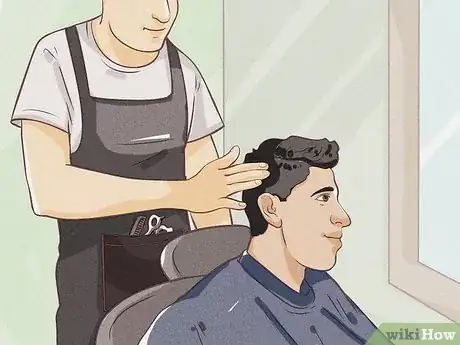
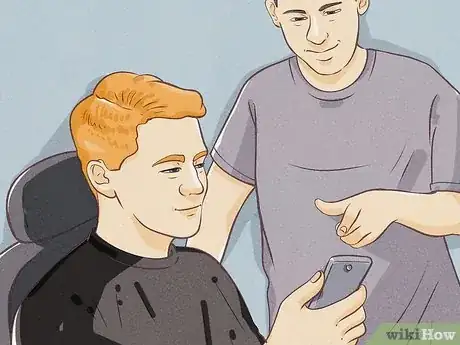
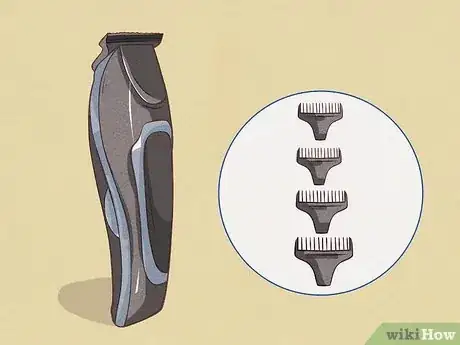

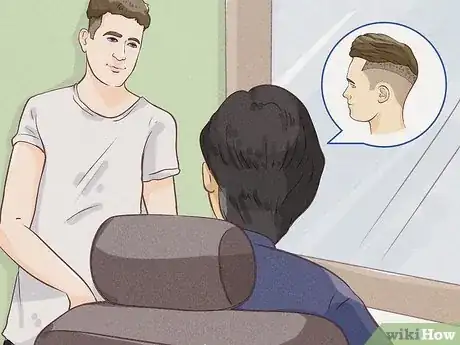

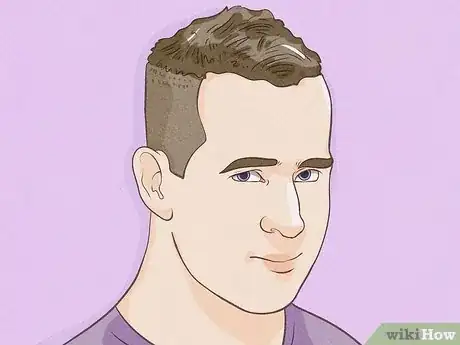
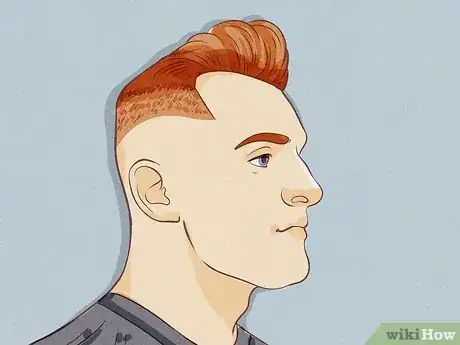
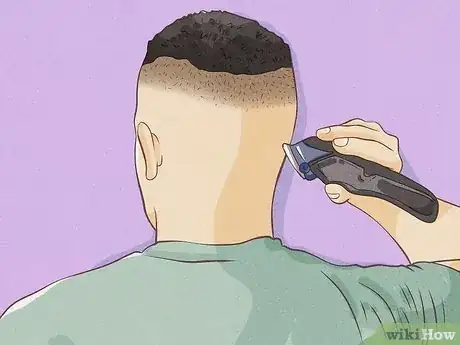
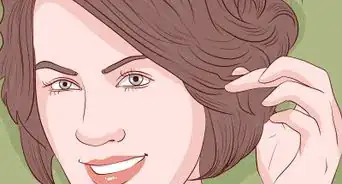
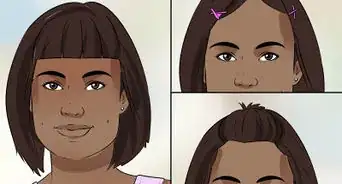

-Step-18-Version-2.webp)
